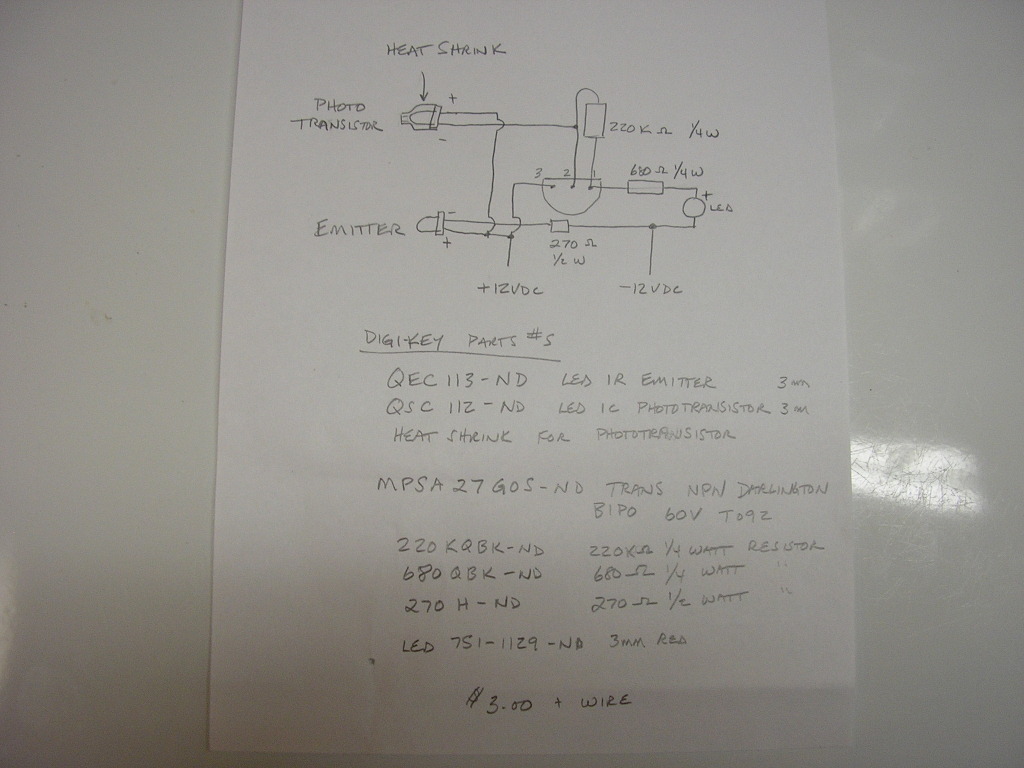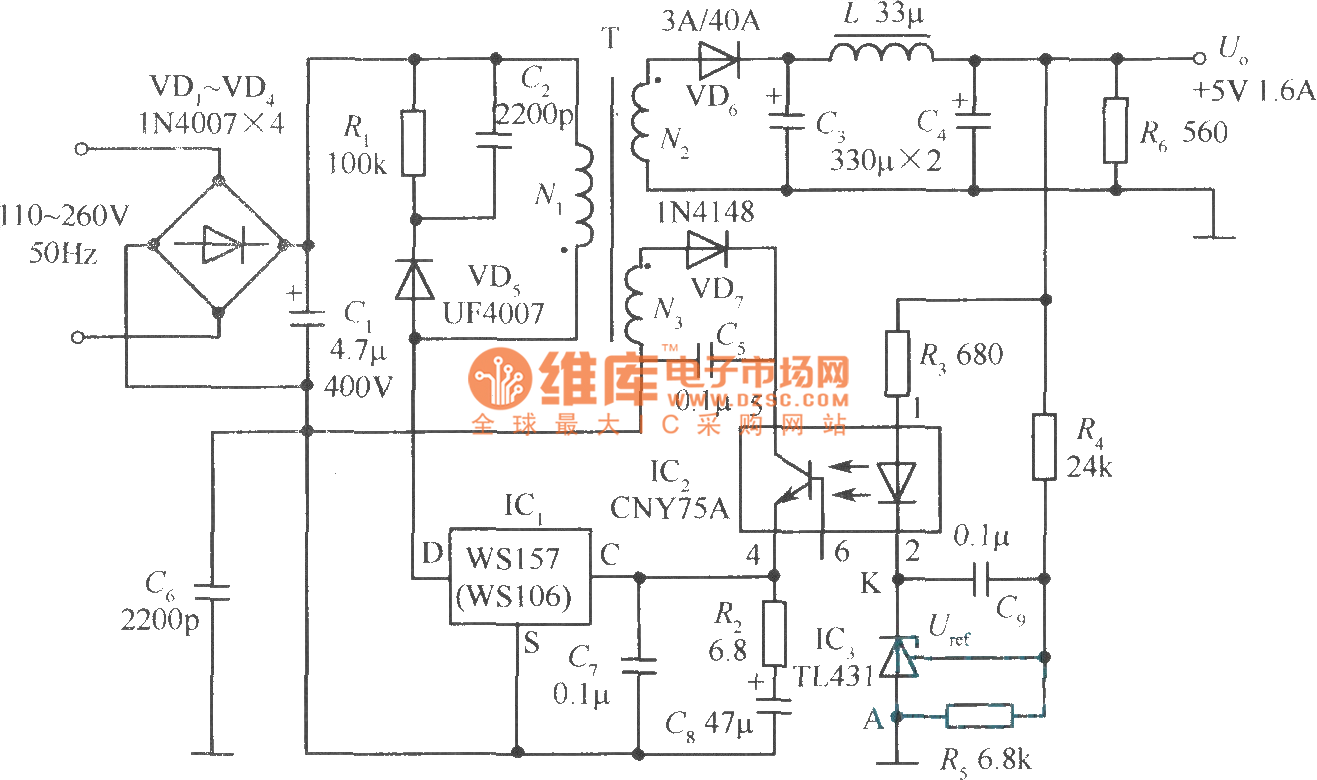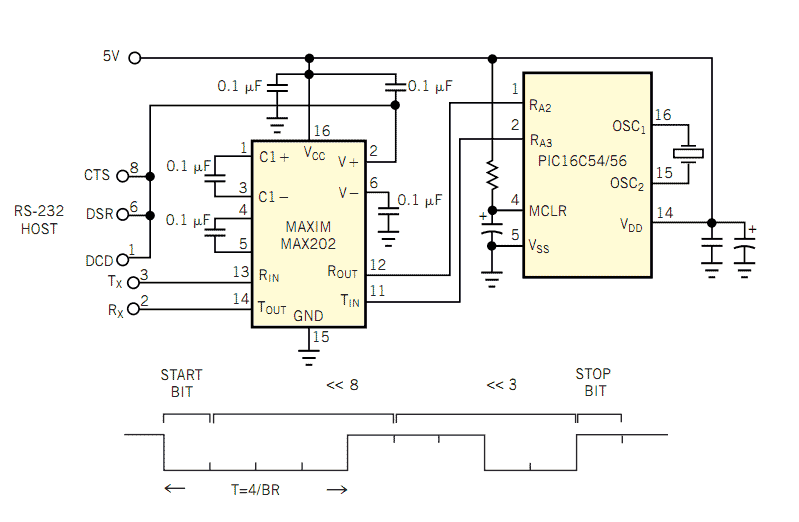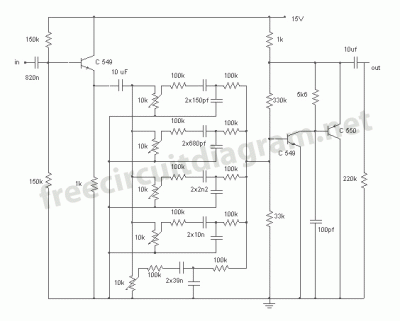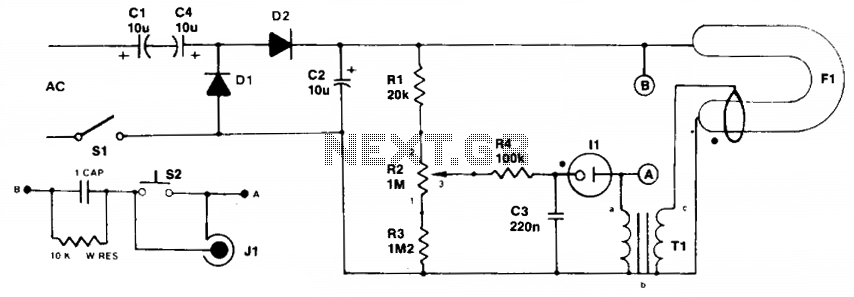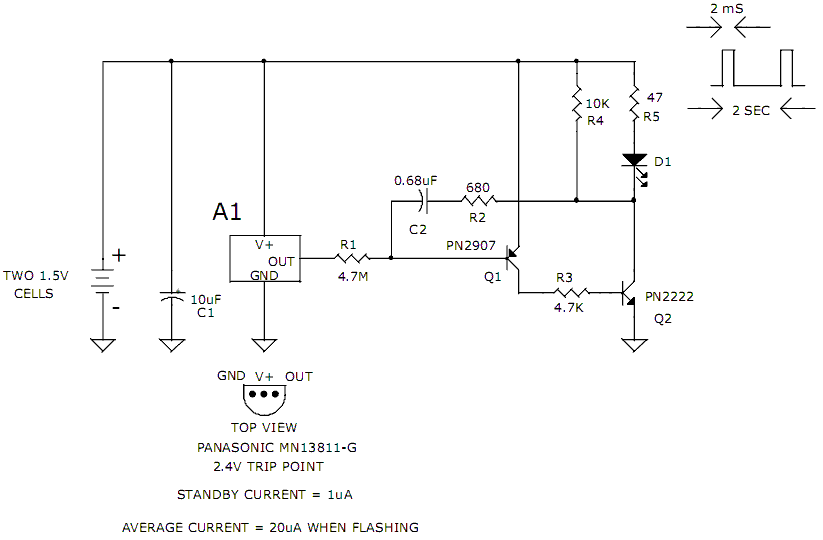
0 to 10V output multiplexer measuring circuit
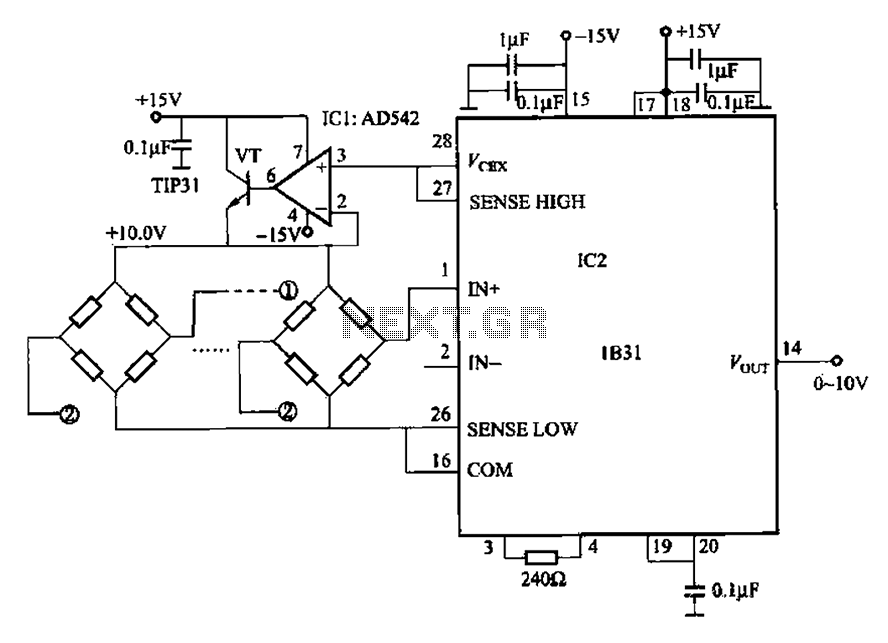
The 1832 low drift input has a temperature coefficient of 0.07 µV/°C (RTI, G 500) and exhibits excellent linearity with a maximum deviation of 0.005%. It can drive resistive loads greater than 120 ohms in a bridge excitation circuit, with an output range of +4 to +15 V. The circuit includes an oscillator and filter, with an output drift of only 40 ppm/°C for precision bridge transducer signal conditioning. Additionally, it features two fixed gain settings of 333.3 and 500, with adjustable gain pins ranging from 100 to 5000. The output voltage is 10 V, and the operating supply voltage range is from 12 to 18 V.
The 1832 low drift input circuit is designed for high-precision applications where minimal temperature drift and excellent linearity are critical. The temperature coefficient of 0.07 µV/°C ensures that the output remains stable across varying temperature conditions, making it suitable for sensitive transducer applications. The linearity specification of 0.005% maximum indicates that the output signal closely follows the input signal without significant distortion, which is essential for accurate measurements.
The circuit's capability to drive resistive loads greater than 120 ohms is particularly important for bridge excitation applications, where the sensor's output must be sufficiently strong to provide reliable data. The output voltage range of +4 to +15 V allows for flexibility in interfacing with various transducer types, while the built-in oscillator and filter enhance signal integrity by reducing noise and unwanted frequency components.
The output drift of only 40 ppm/°C is indicative of the circuit's high stability, which is vital for precision signal conditioning in bridge transducer systems. The inclusion of two fixed gain settings (333.3 and 500) along with adjustable gain pins provides versatility in scaling the output signal to match the requirements of different applications, accommodating a wide range of input signal amplitudes from 100 to 5000.
The specified output voltage of 10 V is optimal for many data acquisition systems, ensuring compatibility with standard analog input ranges. The operating supply voltage range of 12 to 18 V allows for integration with various power supply configurations, making the 1832 low drift input circuit a robust choice for engineers designing high-performance measurement systems.1832 low drift input 0. 07pr, V/oC (RTI, G 500), excellent linearity (maximum 0.005%), can drive resistive loads greater than 120fl bridge excitation circuit (output + 4 ~ + 15 V) with osc, filter circuit, output drift only precision bridge transducer signal conditioning circuit 40ppm/of. At the same time, also set up 333.3,500 two fixed gain 100 to 5000 pins and gain adjustment pins. Output voltage is 10V. Operating supply voltage range of (12 ~ 18) V.
The 1832 low drift input circuit is designed for high-precision applications where minimal temperature drift and excellent linearity are critical. The temperature coefficient of 0.07 µV/°C ensures that the output remains stable across varying temperature conditions, making it suitable for sensitive transducer applications. The linearity specification of 0.005% maximum indicates that the output signal closely follows the input signal without significant distortion, which is essential for accurate measurements.
The circuit's capability to drive resistive loads greater than 120 ohms is particularly important for bridge excitation applications, where the sensor's output must be sufficiently strong to provide reliable data. The output voltage range of +4 to +15 V allows for flexibility in interfacing with various transducer types, while the built-in oscillator and filter enhance signal integrity by reducing noise and unwanted frequency components.
The output drift of only 40 ppm/°C is indicative of the circuit's high stability, which is vital for precision signal conditioning in bridge transducer systems. The inclusion of two fixed gain settings (333.3 and 500) along with adjustable gain pins provides versatility in scaling the output signal to match the requirements of different applications, accommodating a wide range of input signal amplitudes from 100 to 5000.
The specified output voltage of 10 V is optimal for many data acquisition systems, ensuring compatibility with standard analog input ranges. The operating supply voltage range of 12 to 18 V allows for integration with various power supply configurations, making the 1832 low drift input circuit a robust choice for engineers designing high-performance measurement systems.1832 low drift input 0. 07pr, V/oC (RTI, G 500), excellent linearity (maximum 0.005%), can drive resistive loads greater than 120fl bridge excitation circuit (output + 4 ~ + 15 V) with osc, filter circuit, output drift only precision bridge transducer signal conditioning circuit 40ppm/of. At the same time, also set up 333.3,500 two fixed gain 100 to 5000 pins and gain adjustment pins. Output voltage is 10V. Operating supply voltage range of (12 ~ 18) V.
Warning: include(partials/cookie-banner.php): Failed to open stream: Permission denied in /var/www/html/nextgr/view-circuit.php on line 713
Warning: include(): Failed opening 'partials/cookie-banner.php' for inclusion (include_path='.:/usr/share/php') in /var/www/html/nextgr/view-circuit.php on line 713
